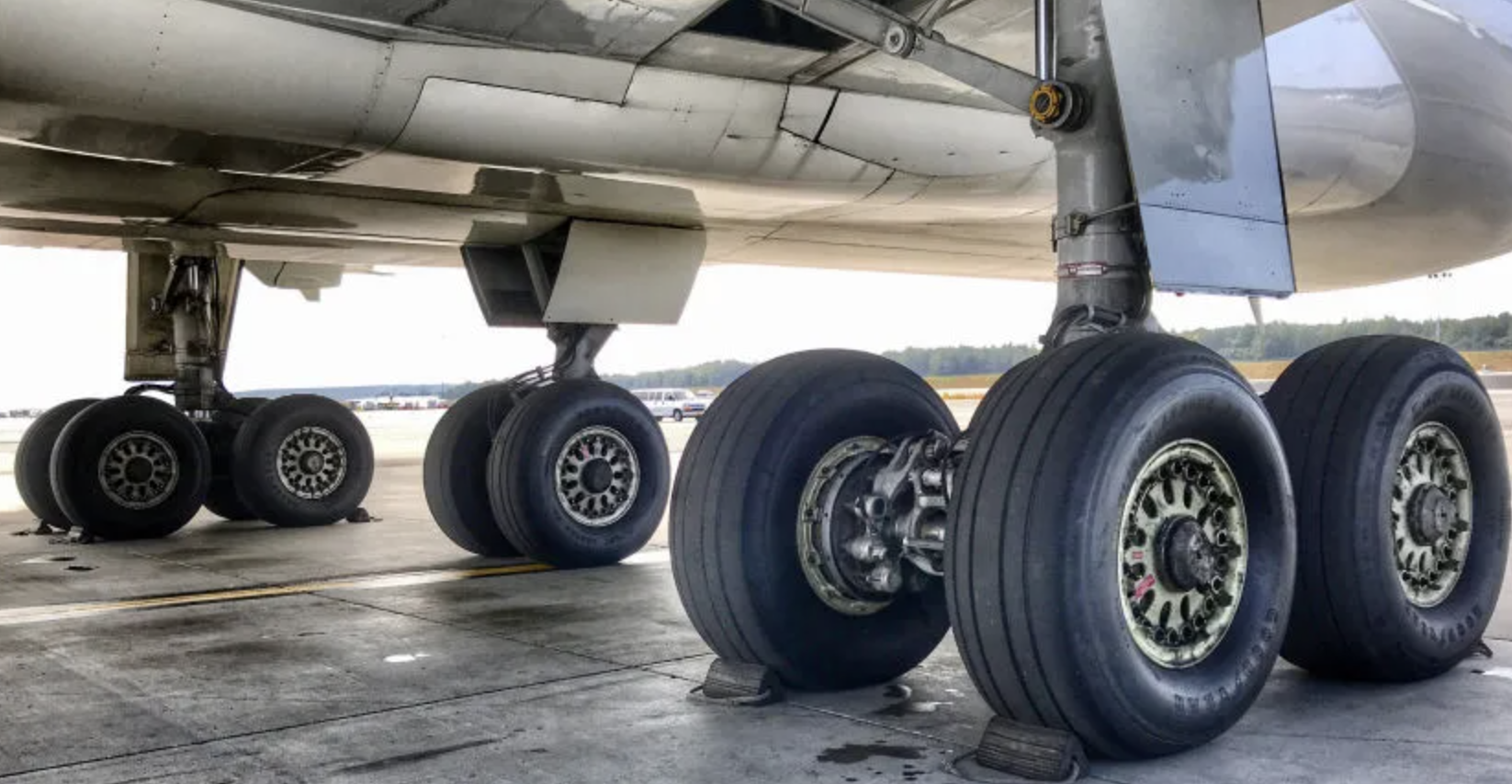The Good Character policy guidance used by Home Office caseworkers when assessing applications for British citizenship have changed from 10 February 2025 (technically actually a clarification, rather than a change) and will, fortunately have a significant negative impact upon people with refugee status who apply for British citizenship after that date.
The Good Character guidance explains the rules that Home Office staff use to assess whether someone applying for British citizenship (sometimes referred to as ‘naturalisation’) has met the ‘good character requirement’, for example that they don’t have a a history of illegal behaviour, criminal convictions, immigration breaches, etc.
Actually, it wasn’t Labour’s idea…it came from the last Conservative Government who stole it from an idea from Reform…but who cares, any deterrent is better than none! Now we need this extended from citizenship to Indefinite Leave to Remain, so if you can in illegally, you can never get Indefinite Leave to Remain or the right to bring in dependant family.
Now ‘illegal’ entry will deny you the right of citizenship
Page 50 of the Guidance identifies that any person applying for citizenship from 10 February 2025, who previously entered the UK illegally will normally be refused, regardless of the time that has passed since the illegal entry took place. (if you applied for citizenship before 10 February 2025, then illegal entry is a factor that is taken into account when your application is reviewed and the Home Office will determine whether that immigration breach should be disregarded for the purpose of the character assessment, but after 10th February 2025, the starting point will be a refusal.
Arrival without valid entry clearance or electronic travel authorisation, having made a dangerous journey
The Guidance also states at p51 that if a person arrives without a required valid entry clearance or electronic travel authorisation, having made a dangerous journey, then after 10 February 2025, that person will normally be refused citizenship.
For these purposes, a dangerous journey includes, but is not limited to:
a)travelling by small boat; or
b) travelling concealed in a vehicle or other conveyance.
A Dangerous journey does not include, for example, arrival as a passenger with a commercial airline, but stowing away in the wheelbay of a commercial airline will still be within the definition of Dangerous Journey.
A spokesman for the government confirmed that these changes are to deter the dangers arising from small boat crossings, concealment in a lorry or in a bike-rack of a vehicle or in the wheelbay of a commercial airline.

